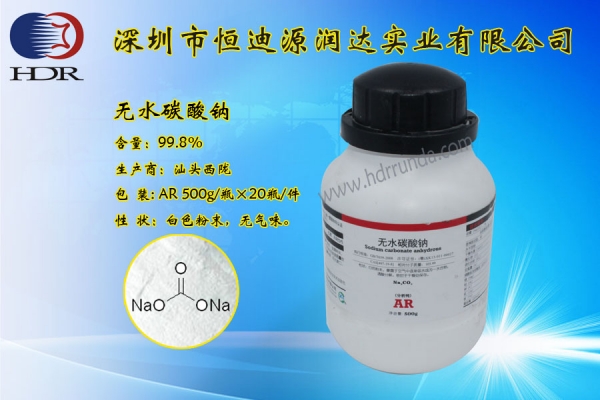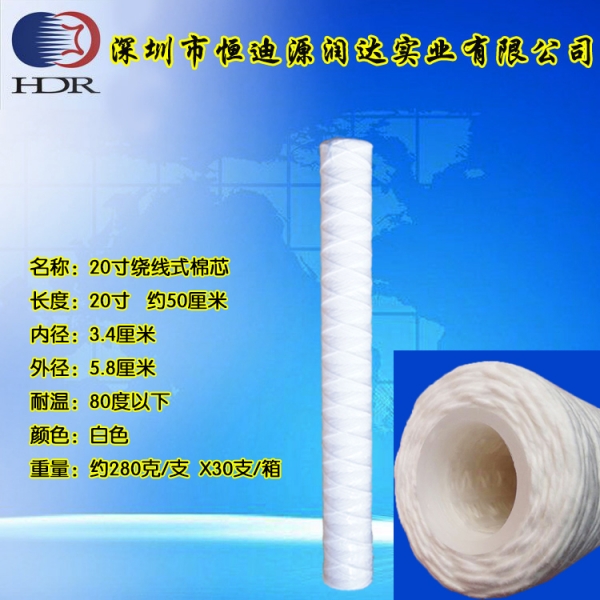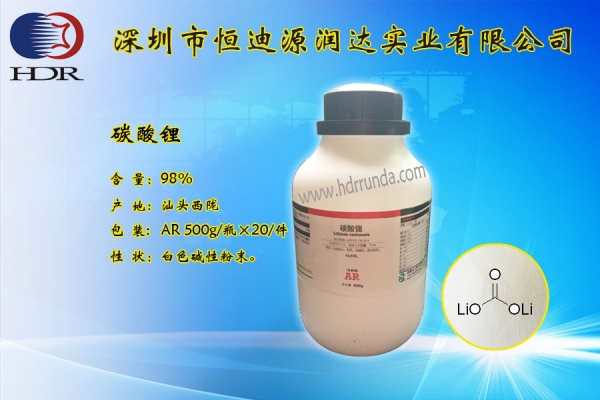Can calcium hydroxide also treat waste water?B: yes.The role of calcium hydroxide in wastewater treatment is mainly reflected in the following four aspects:
1, calcium hydroxide used in wastewater can neutralize the free acid in the wastewater;
2, calcium hydroxide used in wastewater can neutralize the acid salt in the wastewater;
3. Hydroxide is used in wastewater, in which hydroxide ions in calcium hydroxide can react with metal ions to produce insoluble precipitate;
4. Calcium hydroxide can be used in wastewater to adjust the PH value of wastewater to alkalinity, so as to better precipitate metal hydroxide.
Cost analysis of advantages and disadvantages of calcium hydroxide wastewater treatment
Core tips: 1. Alkaline neutralizing agent in wastewater is mainly consumed in the following four aspects: (1) neutralizing free acid in wastewater;Neutralize the acid salts in the wastewater;(3) provide hydroxide ions to react directly with metal ions to form insoluble hydroxide precipitation;(4) adjust pH value to alkaline, to obtain conditions conducive to metal hydroxide precipitation.The control of pH value is a very important factor in the chemical precipitation process.Ii. Current alkaline neutralizing agents are mainly...

1. Alkaline neutralizer in wastewater is mainly consumed in the following four aspects:
Neutralize the free acid in the waste water;
Neutralize the acid salts in the wastewater;
(3) provide hydroxide ions to react directly with metal ions to form insoluble hydroxide precipitation;
(4) adjust pH value to alkaline, to obtain conditions conducive to metal hydroxide precipitation.
The control of pH value is a very important factor in the chemical precipitation process.
Two, the present alkaline neutralizing agents mainly by sodium hydroxide, sodium carbonate and calcium hydroxide three.
Sodium carbonate: sodium carbonate NaCO3
Sodium hydroxide;Caustic soda caustic soda NaOH
Calcium hydroxide: calcium hydroxide Ca(OH)2
The main factors to consider in choosing a reagent are: price, reaction speed, dosage, cost of storage and preparation equipment, difficulty of transportation and final product after chemical reaction.
In terms of price, under the condition of the same treatment effect, the ratio of sodium hydroxide, sodium carbonate and calcium hydroxide is 48:100:25.In terms of reaction speed, sodium hydroxide > sodium carbonate > calcium hydroxide;From the effect of coagulation and decolorization, sodium hydroxide < sodium carbonate < calcium hydroxide;From the dosage, storage and preparation equipment costs to say, sodium hydroxide < sodium carbonate < calcium hydroxide;In terms of reaction products, the products of calcium hydroxide are the most easy to dehydrate. When sodium hydroxide is used to neutralize, a large amount of sludge that is flocculated and difficult to settle will be produced, while sodium carbonate will produce foaming problem due to the release of generated CO2.
After comprehensive comparison, the neutralizer generally USES calcium hydroxide emulsion namely lime milk.It is recognized as the preferred alkaline neutralizing agent.
Application of calcium hydroxide in sewage treatment
(1) sewage treatment agent: conduct PH neutralization and pre-adjust the acid sewage network, so as to extend the service life of the network and save a large amount of national investment cost.
According to the national standard of integrated wastewater discharge standard of the People's Republic of China, sewage standard prescribed by the PH value of 6.0 to 9.0, now due to some chemical companies, manufacturing, industrial and mining enterprises will exceed the wastewater discharged into urban drainage pipe, due to its composition containing strongly acidic corrosion, the pipeline corrosion rupture, directly lead to drain life shortened 5 to 10 years.And the calcium hydroxide solution has strong alkalinity, can carry on the neutralization to the acid wastewater first after discharge, protect the pipeline, avoid the acid sewage corrosion.
(2) acid water treatment agent: it can effectively remove anions such as phosphate, sulfate and fluoride.
In practice, we also often use lime milk as dephosphorization agent, because it besides coagulation precipitation, acid neutralization, Ca (OH) 2 as coagulant and good cohesion function, also has a better removal effect for other pollutants, in alkaline conditions, when the pH value at about 10, the phosphate in the water content is the lowest, phosphorus removal effect is best, effluent can meet the national integrated wastewater discharge standard (GB8978 1996) on quality of phosphate concentration in the regulation of less than 1.0 mg/L.
Fluoride wastewater mainly comes from the production processes of non-ferrous metals, rare metals smelting, glass and ceramic manufacturing, chemical fertilizers and pesticides, stainless steel pickling and silicon parts cleaning, etc., but the fluorine content of fluoride wastewater in different industries is quite different.Most of the mixed wastewater containing a large number of other pollutants besides fluorine is treated without fluorine recovery.For this kind of waste water, experts generally believe that two stages of treatment are required to make the residual fluorine concentration less than 10mg/L.However, adding lime directly into the primary treatment is a standard method to reduce the high concentration of fluorine ions, and the residual fluorine concentration after treatment is usually 15 ~ 40mg/L.However, it has also been reported that when the water contains a large number of multivalent metal ions, it will produce the same effect as the multivalent metal ion addition method. The high-concentration fluorine-containing wastewater can also be treated to a fluorine concentration less than 10mg/L through first-order lime treatment.In addition, when the water contains salts such as calcium chloride and calcium sulfate, the solubility of calcium fluoride can be reduced due to the effect of the same ion, and the fluorine concentration can be reduced to less than 10mg/L through first-order lime treatment, even to the theoretical solubility of calcium fluoride.
The control of pH value is a very important factor in the chemical precipitation process.
Taking iron ions as an example, the pH value of the primary neutralization and aeration tank should be controlled within the range of 7.0 ~ 7.5, so as to convert Fe2+ into Fe3+ as much as possible.When pH=5.5, the solubility of Fe(OH)3 is the smallest.When pH is 12, Fe(OH)3 will redissolve.If the pH value is adjusted too low or too high, Fe2+ will be precipitated before it has time to be converted to Fe3+, resulting in subsequent processing difficulties.
Under neutral conditions, the solubility product of Fe3+ is lower than that of Fe2+;
The concentration and dehydration of Fe(OH)2 sediment is more difficult than that of Fe(OH)3.
Fe(OH)2 sediment will slowly oxidize and acidify;
The residual Fe(OH)2 in the wastewater can react with potassium dichromate to increase the COD in the wastewater;
(5) the slow oxidation of residual Fe(OH)2 in the wastewater will gradually reduce the pH value of the effluent, which may lead to water exceeding the standard in severe cases.









 淘宝旺旺
淘宝旺旺


